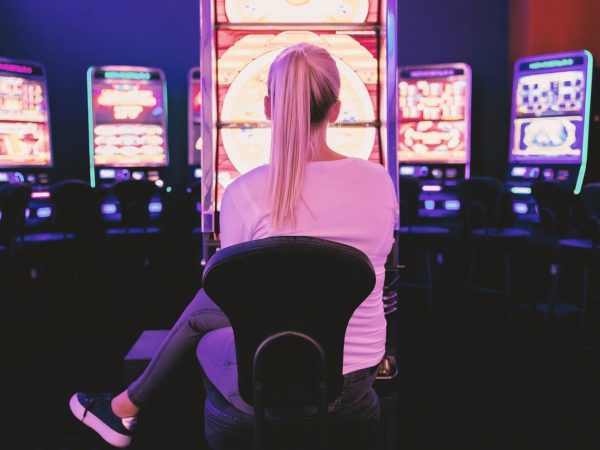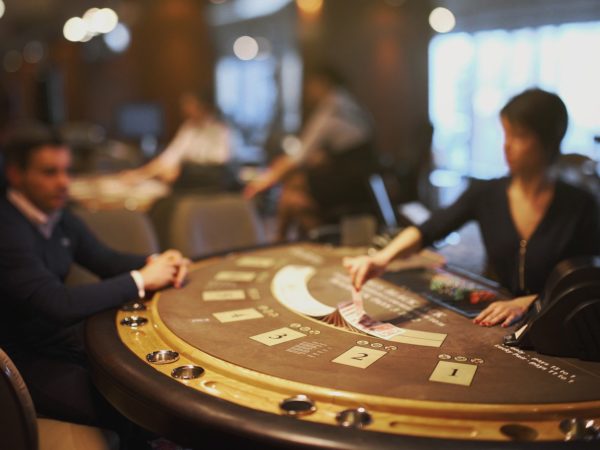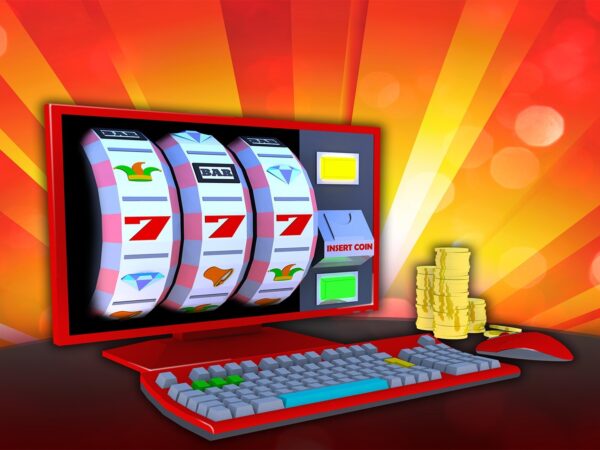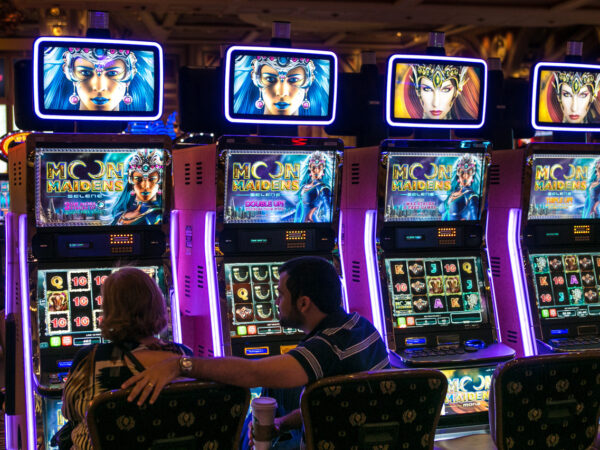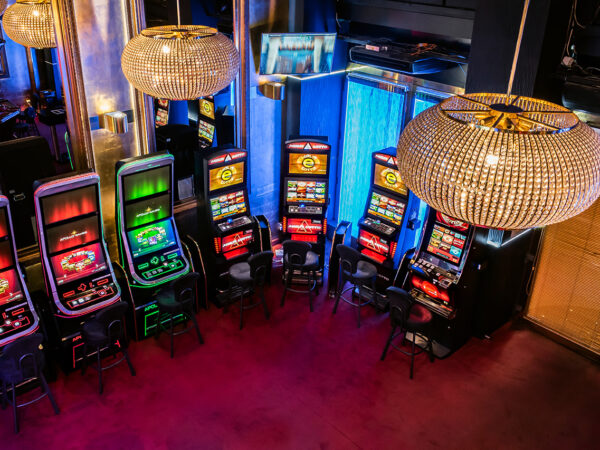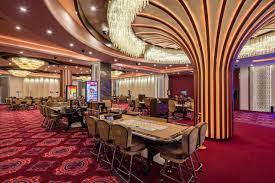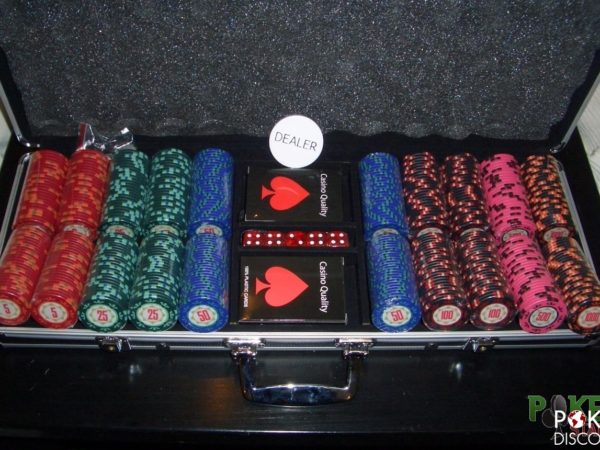
21st-Century Blackjack
21st-Century Blackjack is similar to Twenty one in most respects. It is actually the game of blackjack under a name that California law respects. California law explicitly outlaws the playing of Twenty one, as courts have ruled that this is actually just blackjack under another name. A company in Irvine invented a form of blackjack which was just different enough that it cannot be qualified as Twenty one in legal terms, and is lawful in any licensed California card room.
21st-Century Blackjack differs from blackjack in a number of ways, and it is these differences that keep the game legal in California. The basic aims of the game remain the same, as you are trying to get a hand of cards whose value adds up as near as possible to 21, without going over that amount. You are still aiming to do better than the dealer.
Several Differences from Classic Blackjack
One of the differences between the usual form of blackjack and 21st-Century Blackjack is that it is played with a multi deck shoe, and usually a continuous shuffler. No game can be played with a single deck.
21st-Century Blackjack is played with the jokers in play. If you find a joker in your hand you immediately have twenty one. The joker acts as a Wild card, with whatever value that you need to get to 21. If you have a card with a value of two, the joker will count for 19. Two jokers in your hand of cards, with an Ace, is called a Natural, or sometimes a Natural 22, which is treated as a sort of super 21. This super 21 will beat any normal 21. In some casinos, two jokers it is counted as a bonus hand and pays extra jackpots.
If your hand is over 21, your hand is not discarded or dead. When the dealer eventually completes the round, and if the dealer ends up busting, but has a higher card total than a busted player, it will count as a push for the player. The player will therefore get the bet back. If the dealer busts with the same or lower total than the player has, the player will lose. This certainly alters the strategy for other outcomes like hitting a 12.
The Player Can Be the Bank
Doubling and splitting are still legal in 21st-Century Blackjack. The house is not the dealer. 21st-Century Blackjack has a dealer button labelled Bank, and this spins among the players, each of whom may choose to act as the house for one or two hands. The next player may continue acting as the house. When a player acts as the house, or bank, he will receive no cards for that round, and will not play the normal round. The player’s hand is then the dealer’s hand. The dealer plays his hand as normal, and if the dealer wins the money goes to the player acting as the house or Bank. If the dealer loses, the Bank player pays all the other players.
The house charges a fixed fee to play. This is how the house makes its money. The house provides a player or employee with a large bankroll to cover all bets on the table. If the player acting as the Bank does not have enough money to cover all bets, the large bankroll will cover the remaining bets, and then split the gains or losses with the Bank player.
